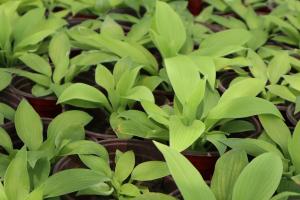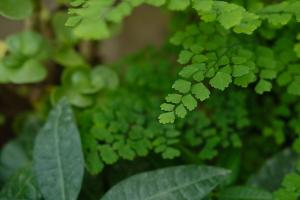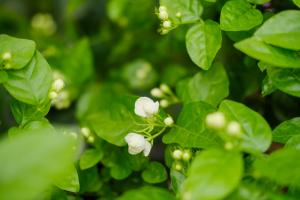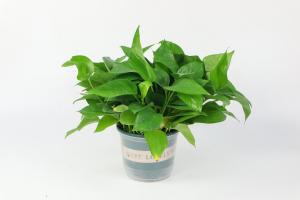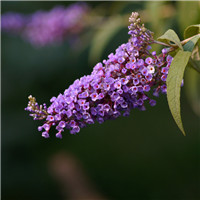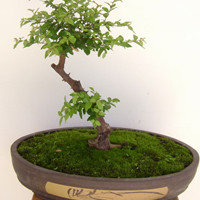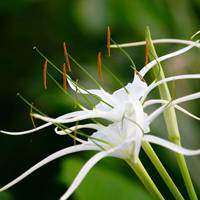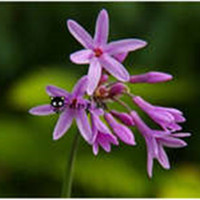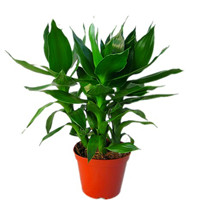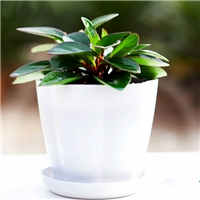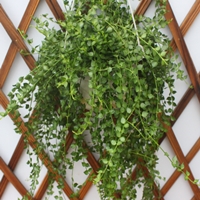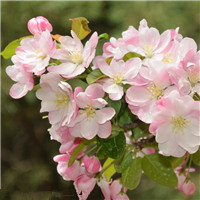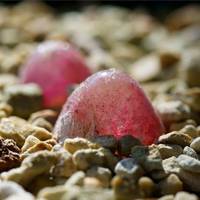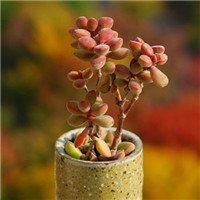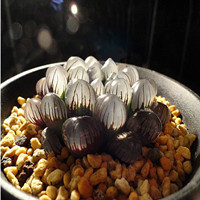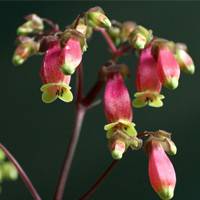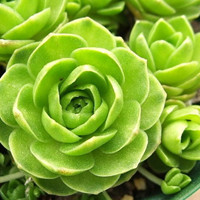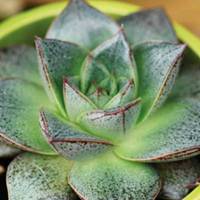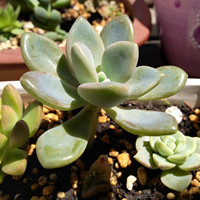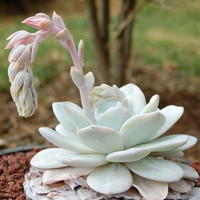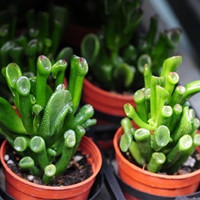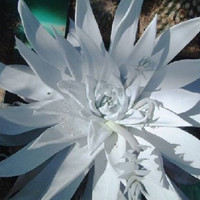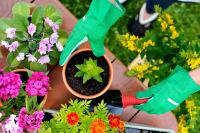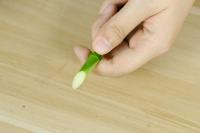Introduction
Tomato plants are easy to grow and can produce an abundance of delicious fruit. However, if left unmanaged, they can become too bushy, limiting air circulation and sunlight to the lower leaves, which can create an ideal environment for insects and disease. Therefore, it is important to trim and prune tomato plants as they grow. In this article, we will discuss how to trim tomato plants to encourage healthy growth and maximize yield.
Why trim tomato plants?
Trimming tomato plants will help to ensure healthy plant growth and fruit production. As tomato plants grow taller, they tend to develop more branches and leaves, which can compete for light and nutrients. Trimming helps to redirect these resources towards the fruit-bearing branches and can help to prevent diseases caused by overcrowding.
When to trim tomato plants?
The best time to trim tomato plants is when they are still young and small. This will help to establish the desired shape and size of the plant before it grows too large. As the tomato plant grows, pay attention to its shape and size, and trim as necessary to control its growth.
Tools needed for trimming tomato plants
To trim tomato plants, you will need a few basic tools, including pruning shears or scissors, twine, and a stake. A pair of gloves is also recommended to protect your hands from thorns or sharp edges.
How to trim tomato plants
To begin trimming tomato plants, start by removing the suckers. Suckers are small shoots that emerge from the base of the plant or between the main stem and branches. These suckers can turn into large stems that compete with the main stem for water, nutrients, and sunlight. Using pruning shears or scissors, cut off any suckers that are growing below the first fruit cluster.
Next, trim off the lower branches that are touching the ground. Ground-touching branches can create a pathway for insects and diseases to enter the plant. Cut off any branches that are damaged or diseased.
As the tomato plant grows taller, it can become heavy and may require staking for support. Use twine to tie the plant to a stake, ensuring that it stays upright and does not bow under the weight of the fruit.
Continue to trim the tomato plant as it grows, removing any additional suckers and branches that are competing for light and water. Aim to maintain a single main stem, which will promote uniform fruit production and better air circulation.
Conclusion
Trimming tomato plants is an important part of maintaining healthy growth and maximizing yield. By removing suckers, ground-touching branches, and damaged or diseased branches, you can encourage the plant to focus its resources on fruit production. Use pruning shears, twine, and a stake to support the plant as it grows. Remember to trim the plant regularly to maintain a single main stem and promote healthy growth.

 how many times do yo...
how many times do yo...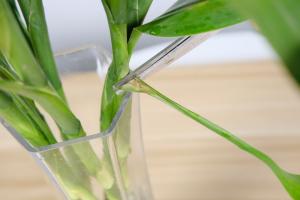 how many planted tre...
how many planted tre...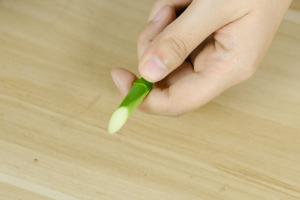 how many pine trees ...
how many pine trees ...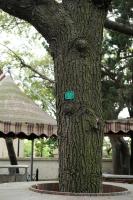 how many pecan trees...
how many pecan trees... how many plants comp...
how many plants comp... how many plants can ...
how many plants can ...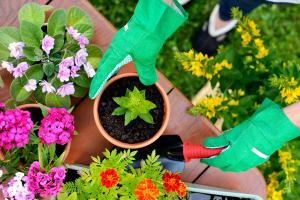 how many plants and ...
how many plants and ...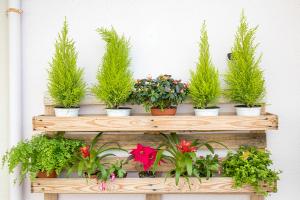 how many pepper plan...
how many pepper plan...